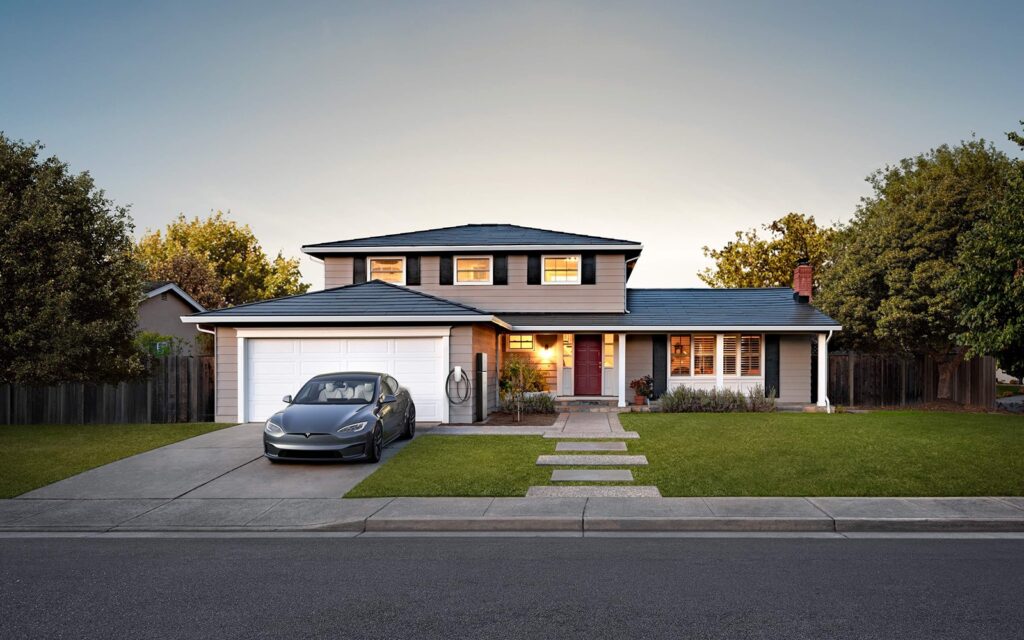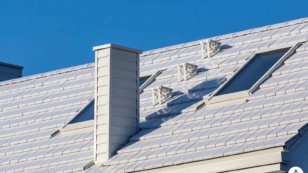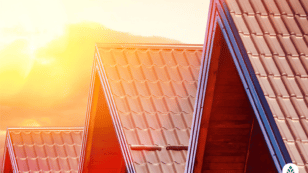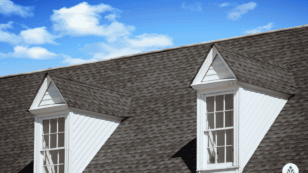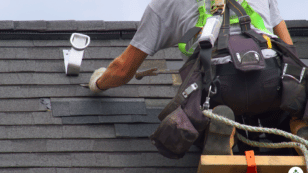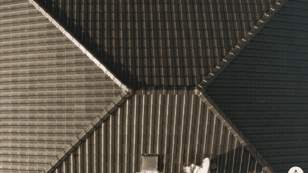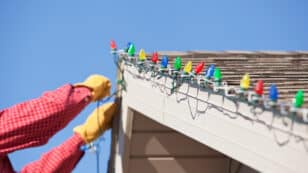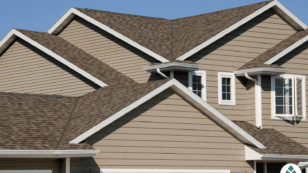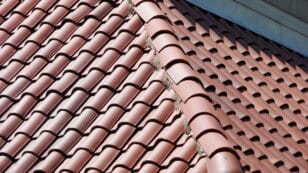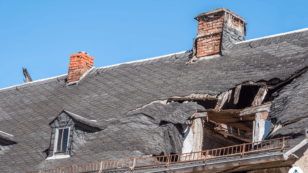
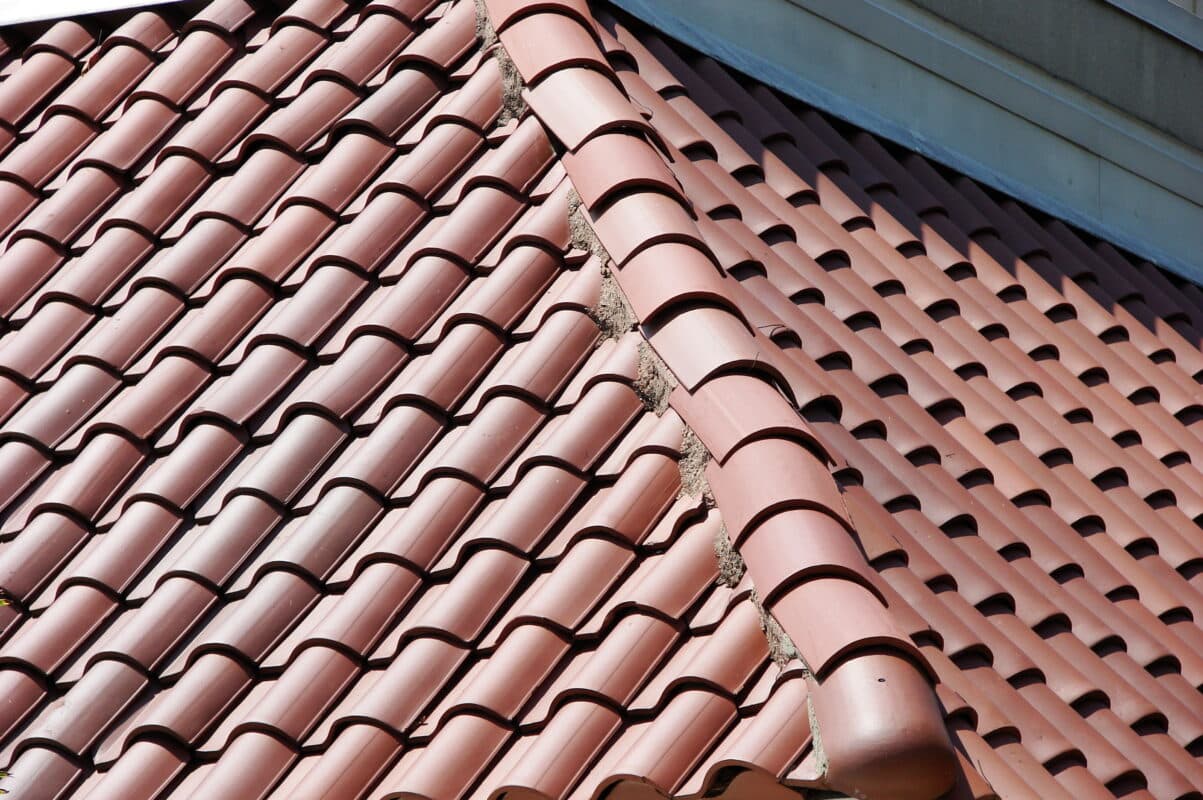
7 Best Roofing Materials for Durability & Longevity (2024 Review)
In this EcoWatch guide on best roofing material, you’l learn:
- What the best roofing materials are
- How each roofing material compares to one another
- The sustainability, longevity and cost of the materials
- How to choose the best roofing material for your home
This guide has helped many homeowners learn about different roofing materials and figure out which option is the best for their home. Fill out your zip code below to get a personalized quote on roofing options near you.
Each product and or company featured here has been independently selected by the writer. You can learn more about our review methodology here. If you make a purchase using the links included, we may earn commission.
Choosing The Best Roofing Material
Maintaining and remodeling a home can be a long and tedious process. Trying to improve your home sustainably can complicate the process even more. That’s why EcoWatch strives to find home improvement solutions for the eco-conscious homeowner.
If you’re wondering what the best roofing material is for a new roof, roof repair or any other roofing services, you’ve come to the right place. In this article, we’ll discuss roofing materials in depth, comparing their environmental impacts, costs, longevity and more.
What Are the Best Roofing Materials?
From asphalt to wood shake, metal to solar tiles, there are so many different roofing materials to choose from — and it’s an important choice.
There are many considerations when it comes to choosing the best roofing material, and what’s best for your home may not be what’s best for your neighbors.
Aesthetics aside, you’ll want to consider factors like material weight, durability, longevity, cost, warranty and sustainability.
We’ll discuss each roofing material in more depth in this article, but the table below will give you a general idea of how each material compares when it comes to longevity and cost.
| Roof Material | Estimated Lifespan | Cost |
| Asphalt Shingle | 10 to 35 years | $ |
| Wood Shingles | 25 to 30 years | $$ |
| Wood Shake | 35 to 40 years | $$ |
| Metal Roofing | 40 to 75 years | $$ |
| Clay / Concrete Tiles | 50 to 100 years | $$$ |
| Slate Roofing | 100+ years | $$$$ |
| Solar Shingles / Solar Glass | 25 to 30 years | $$$$ |

Power Home

Average cost
Pros
- Positive industry reputation
- Lifetime or lengthy warranty
- 10+ years of experience
- Positive customer reviews
- Uses eco-friendly materials
- Well-trained, certified installers
- Variety of roofing styles available
Cons
- Limited variety of roofing materials
- Short or nonexistent warranty
- No financing information available
- Expensive
- Little information available on company website

Erie Home

Zero Down - 18 months same as cash with minimum monthly payment
Average cost
Pros
- Lifetime or lengthy warranty
- Widespread availability
- 10+ years of experience
- Positive customer reviews
- Uses eco-friendly materials
- Financing options available
- Well-trained, certified installers
- Uses durable materials meant to last
- Variety of roofing styles available
Cons
- Limited variety of roofing materials
- Expensive

Aspen Contracting

Average cost
Pros
- Positive industry reputation
- Lifetime or lengthy warranty
- Widespread availability
- 10+ years of experience
- Positive customer reviews
- Financing options available
Cons
- Little information available on company website
Learn More About Sustainable Roofing Practices:
Asphalt Shingles
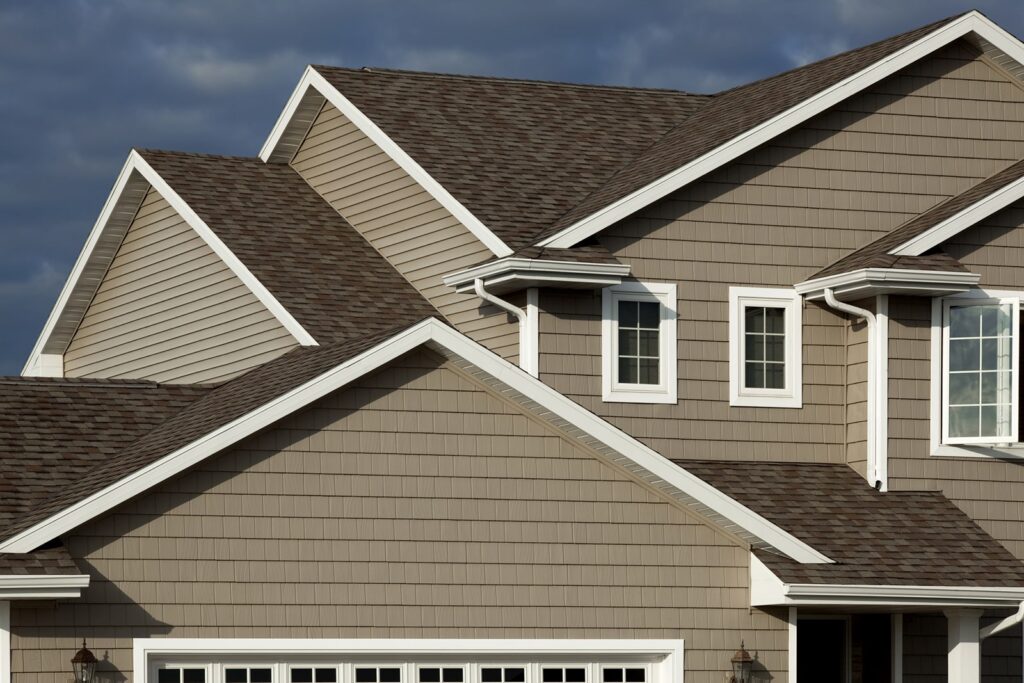
Asphalt is the most popular roofing material, mostly because of its vast availability and affordability. The majority of asphalt shingle roofs are made up of the following materials:
- Asphalt (a semi-solid form of petroleum)
- Fiberglass
- Stone granules (slate, schist, quartz or ceramic)
- Sealant
- Release film
However, not all asphalt roofing options are equal. Some are cheaply made, while others — often called composite shingles — contain more of the stone granules component, making them more durable.
Always check for the material’s hail rating, which offers a good indication of its durability.
Pros
- Tons of colors available
- Least expensive
- Widely available
- Recyclable
- DIY roofing option
Cons
- Shorter lifespan
- Quality and durability can vary
- Least sustainable option
- Retains heat, decreasing the energy efficiency of your home
House Styles
Asphalt shingles come in many different varieties and colors — including architectural styles that appear patterned, offering some aesthetic variety — so they’re a great option for any style of roof, especially typical suburban homes.
Installation Costs and Average Lifespan
Asphalt shingles typically cost around $5 per square foot to install. Taking the average U.S. roof size of 1,700 square feet, it would cost around $8,500 to professionally install an asphalt shingle roof.
Asphalt shingles have an average lifespan of 10 to 35 years, varying greatly based on manufacturer quality.
We don’t recommend buying the cheapest asphalt shingle option, because more often than not, it will lack quality and durability. If your asphalt architectural shingles need to be replaced in a decade or so, you’ll be spending a lot more on re-roofing costs and generating a lot more waste in the long run.
Environmental Impact of Asphalt Shingles
Asphalt shingles are not the most eco-friendly roofing choice, as they’re made from a petroleum-based material. Asphalt also retains heat more than any other roofing material, which can make your home less energy efficient and drive up your electricity costs.
On a positive note, asphalt shingles are recyclable and many of the best roofing companies will recycle old shingles for you.
Wood Shingles
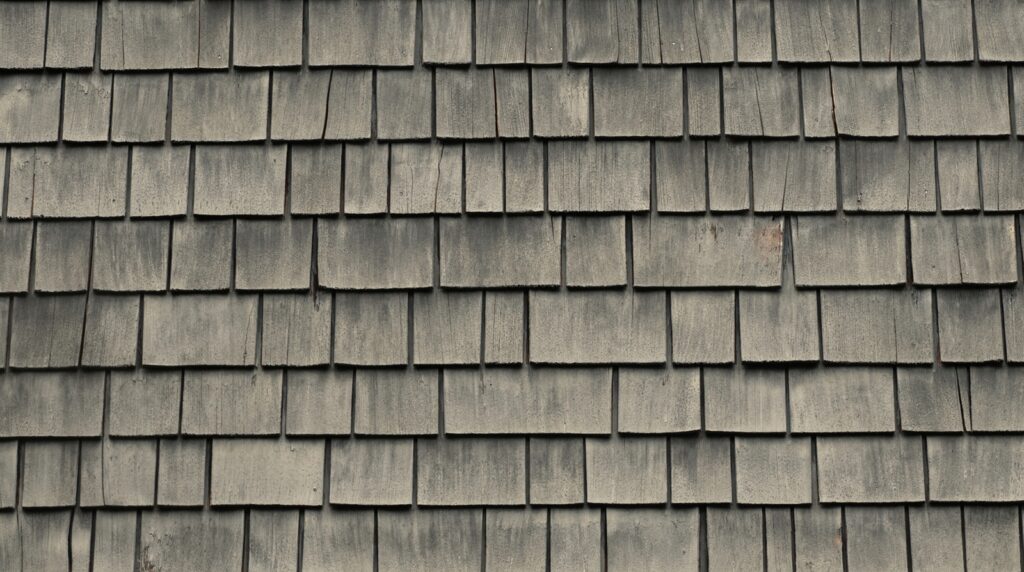
Wood shingles are thin pieces of wood sawn off from logs. They’re 100% natural and typically made of fire-resistant woods, such as cedar, redwood or southern pine.
Pros
- Offer an attractive, rustic look
- Renewable, biodegradable and recyclable
- Manufacturing wood is less carbon-intensive than other roofing materials1
- Tend to last longer than asphalt shingles, especially in mild climates
- More energy efficient than other materials
Cons
- While fire-resistant, they can be a hazard and are prohibited in locations prone to wildfires
- More susceptible to mold, mildew, split or rot and therefore not recommended in wet climates
- Requires more maintenance than asphalt shingles
- May attract bugs
- Requires professional installation
House Styles
Due to its rustic appearance, wood roofing is a great option for beach bungalows, cottages or Tudor-style homes.
Installation Costs and Average Lifespan
Wood shingles are more expensive than asphalt shingles, but still a relatively affordable roofing option. On average, wood shingles cost between $6 and $11 per square foot to install, putting installation estimates between $10,200 to $18,700 for the typical 1,700-square foot roof.
Wood shingles typically last between 25 to 30 years, but in the right climate with proper cleaning and maintenance, they can last upwards of 50 years.
Environmental Impact
Wood is biodegradable, renewable and recyclable, which makes it one of the more sustainable roofing materials. Just make sure you’re buying responsibly sourced wood and not supporting illegal deforestation.
Wood Shakes

Wood shakes are thicker and more textured than wood shingles, making them a bit more durable and long-lasting. Instead of being sawn off a block of wood, wood shakes are usually split using a blade or mallet.
Pros
- More durable and sun-resistant than wood shingles
- Offer an attractive, rustic look
- Renewable, biodegradable and recyclable
- Manufacturing wood is less carbon-intensive than other roofing materials2
- Last longer than asphalt or wood shingles
- Offer good insulation, improving your home’s energy efficiency
Cons
- More expensive than wood shingles
- Requires professional installation, leading to higher costs
- While fire-resistant, wood shakes can be a fire hazard and are prohibited in locations prone to wildfires
- More susceptible to mold, mildew, split or rot and therefore not recommended in wet climates
- Require more maintenance than asphalt shingles
- May attract bugs
House Styles
Wood shake roofs looks great when they match their surroundings, making them ideal choices for homes in wooded areas, as well as beach bungalows, cottage or Tudor-style homes.
Installation Costs and Average Lifespan
Wood shakes are thicker and more difficult to install compared to wood shingles, so it’s no surprise they’re more expensive, coming in between $9 and $15 per square foot to install. That puts the average 1,700-square-foot roof installation at an estimated cost between $15,000 and $25,500.
On average, wood shake roofs last around 35 to 40 years, but certain types, like cedar shake, can last longer if they’re well-maintained and located in a milder climate.
Environmental Impact
Once again, wood roofing is a great option because it’s biodegradable, renewable and recyclable. It’s a great choice for the eco-conscious homeowner, so long as the wood is responsibly sourced.
Metal Roofing
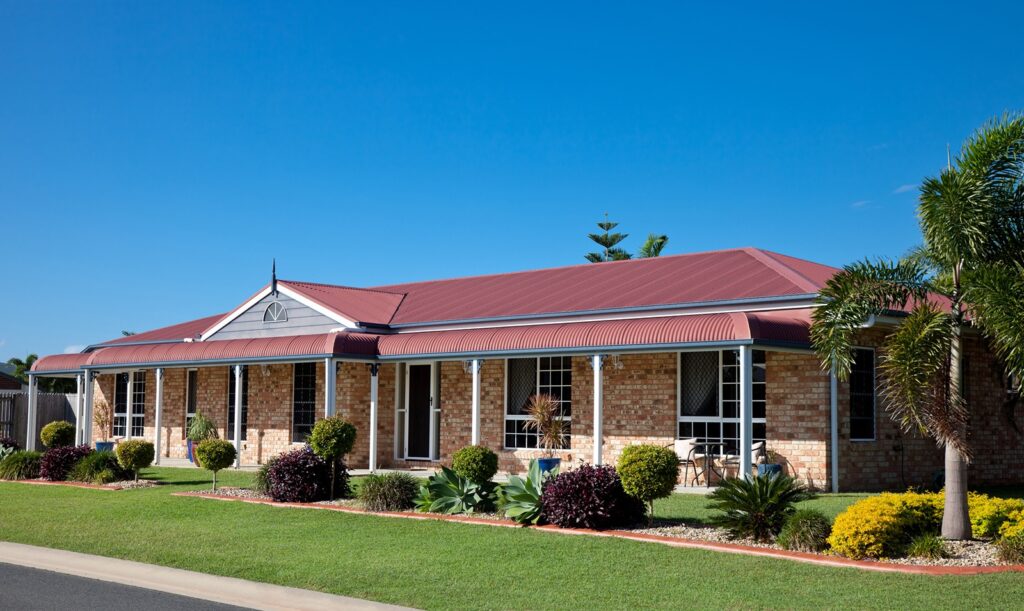
Metal has become an increasingly popular roofing material due to its ability to withstand the elements, whether it be high winds, wildfires or hail. Metal roofing materials are typically comprised of steel, aluminum, zinc or copper and come in different styles like standing seam panels, shingles or tile.
Pros
- Durable in any type of climate
- Long-lasting
- High solar reflectance (does not absorb heat like asphalt roofs)
- Recyclable
- Can be conveniently installed over your old roof, eliminating waste and improving insulation
Cons
- Comparatively expensive
- Requires professional installation
House Styles
Metal shingles look great on contemporary or industrial-style homes, as well as bungalows, cabins and cottages. Standing seam metal roofs are a great option for homes with flat roofs.
Installation Costs and Average Lifespan
The cost and lifespan for metal roofs vary depending on the material. Steel and aluminum tend to be the cheapest, while copper is much more expensive. The cost range for a 1,700-square-foot metal roof is between $5,000 and $40,000.
Metal roofs are known for longevity, typically lasting between 40 and 75 years depending on the material. Zinc and copper roofs have been known to last 100 or more years.
Check out the table below for a better understanding of how metal roofing materials differ.
| Metal Roofing Material | Material Price per Square Foot | Estimated Cost for 1,700-Square-Foot Roof Installation | Estimated Lifespan |
| Aluminum shingles | $3 to $9 | $9,000 to $28,000 | 35 to 40 years |
| Steel shingles | $6 to $12 | $17,000 to $25,000 | 40 to 50 years |
| Standing seam metal | $8 to $14 | $17,000 to $30,000 | 50 years |
| Zinc | $6 to $11 | $15,000 to $50,000 | 100+ years |
| Copper | $11 to $25 | $30,000 to $70,000 | 100+ years |
Environmental Impact
Metal roofs are long-lasting and easily recyclable, making them a great roofing choice for the eco-conscious homeowner. They offer a few other key advantages when it comes to sustainability — they reflect light and insulate well, which can keep your home cool in the summer and warm in the winter.
Metal roofs are also ideal for those who like to collect runoff rainwater.
Concrete or Clay Tiles
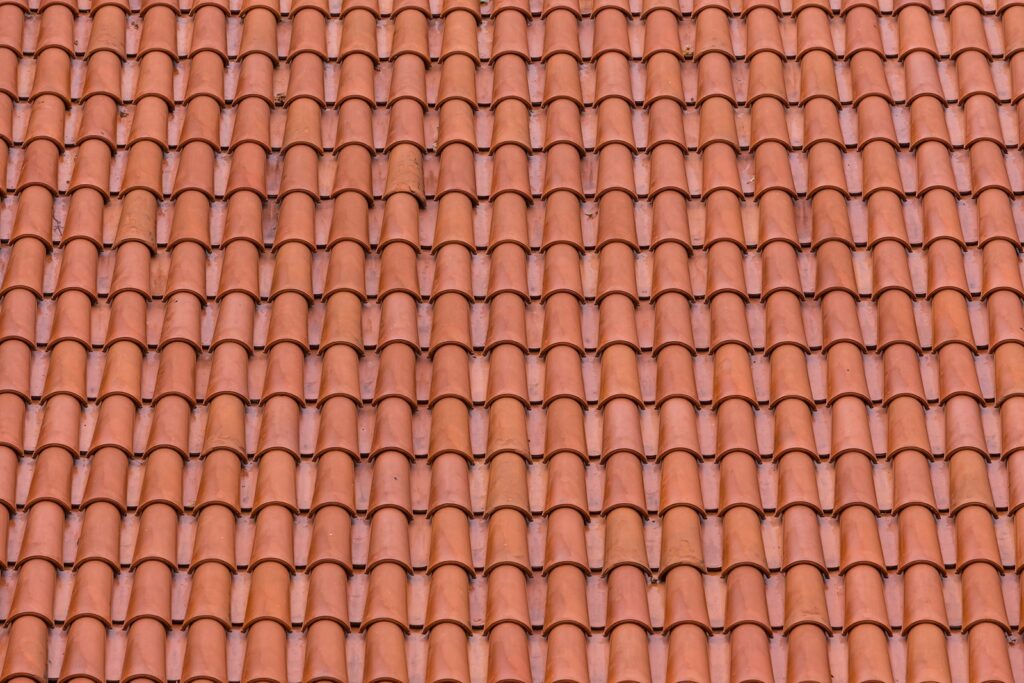
Concrete and clay tile roofs are, just as you’d expect, made up of concrete or clay. However, while traditional tiles are made from terracotta clay, others can be made from ceramic or fired clay. Both concrete and clay roofs are durable and long-lasting, but they’re also heavier, requiring strong roofing reinforcements.
Pros
- Durable, able to withstand harsh weather conditions
- Long lasting
- Energy-efficient
Cons
- Very heavy, may require roofing reinforcements
- Susceptible to cracking if not properly maintained
- Requires professional installation
House Styles
Clay and concrete tiles look great on Southwestern, Spanish and Mediterranean-style homes, adding texture and elegance.
Installation Costs and Average Lifespan
Costs and lifespan vary greatly with concrete and clay tile roofs depending on the material. Concrete tile roofs are more affordable and typically last around 50 years, while clay roofs are pricier but can last up to 100 years when properly maintained.
Considering you likely will only have to replace concrete or clay roof tiles once in a lifetime, they certainly pay off in the long run. Below is a table showing the average installation costs and lifespans associated with each type of cement and clay tile.
| Roofing Material | Material Price per Square Foot | Estimated Cost for 1,700 Square Foot Roof Installation | Estimated Lifespan |
| Cement tile | $4 to $10 | $17,000 to $34,000 | 50 years |
| Terracotta clay | $6 to $15 | $30,000 to $45,000 | 100 years |
| Fired ceramic clay | $8 to $20 | $34,000 to $51,000 | 100 years |
Environmental Impact
Cement and clay roofs are environmentally friendly roofing options produced without any chemical preservatives. These materials also increase the energy efficiency of your home with natural thermal resistance and cooling properties.
The longevity of clay and cement tiles helps keep roofing materials out of landfills. And when it is time to replace your roof, these types of roofing materials are easily recyclable.
Slate Roofing
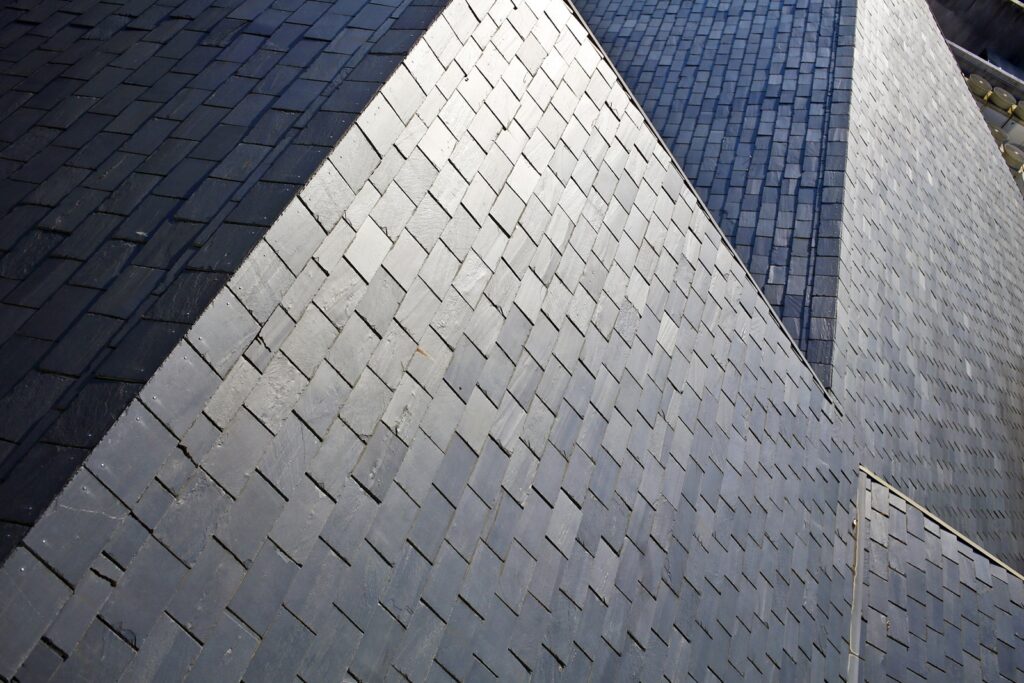
Slate tiles are another stone roofing option that offer great curb appeal, but instead of consisting of concrete or molded clay, they’re made from flat slabs of rock mined from quarries — that is if they’re natural slate roof tiles, of course, as there are some options out there for synthetic slate roofs.
Natural slate roofs have to be installed by a trained roofing contractor or craftsman, making them a harder and more expensive roofing product to install.
Pros
- Durable, able to withstand inclement weather
- Long-lasting
- Easily repaired
- Naturally occurring material
- Energy efficient
- Recyclable
Cons
- Expensive
- Heavy, may require roofing reinforcements
- Not many roofers are equipped to install slate roofs
House Styles
Slate shingles work well for Colonial, chateau and European-style homes.
Installation Costs and Average Lifespan
Natural slate is one of the more expensive types of shingle, but costs will vary greatly depending on the roofer and the type of slate. Slate roofs typically cost between $10 and $40 per square foot, with some homeowners reporting up to $80 per square foot.
Assuming an average installation cost of $30 per square foot, you can expect to pay around $51,000 for a 1,700-square-foot slate roof. But the good news is that a well-built slate roof can easily last 100 years, sometimes even longer, so you won’t have to worry about roof replacement costs.
Environmental Impact
Slate is a natural material, so there are no toxic chemicals involved in the manufacturing process. Plus, it’s long-lasting and can be easily repaired, eliminating any need to replace the roof entirely.
Solar Shingles and Solar Glass
Finally, we have solar glass roofs, which come in many styles. They differ from standard solar panels that are attached on top of a roof, in that the photovoltaic (PV) solar cells are built into the roof itself.
Solar shingles were pioneered by CertainTeed but are now produced by a handful of companies. The technology comes in the form of both solar shingles and solar roof tiles made of slim PV sheets that overlay or replace the current shingles on a roof.
According to solar expert and installer, David Snyder⁶ CEO of Nova Home Buyers, LLC, solar roofs are the future of the roofing industry:
“A solar roof is a great and obvious way to reduce energy use and has the added benefit of being environmentally friendly. Other options include a metal roof that is painted white to reflect the sun’s rays and reduce the amount of heat that is absorbed by your home.”
As of July 2022, Tesla is the only company that has come forward with a solar glass roof option. According to Tesla, its solar roof is made up of both glass solar tiles and steel roofing tiles, making it durable and weather-protected.
Pros
- Durable, with a high hail rating
- Generates electricity for your home, making it by far the most energy-efficient roofing option
- More attractive than standard solar panels
- Cost-effective if you’re building a new roof
Cons
- Expensive
- May not be as efficient as standard solar panels, as the technology is still evolving
- Limited styles and colors
- Not widely available
- Needs to be replaced every 25-30 years
House Styles
Solar shingles are a great option for any style of roof that gets direct sunlight. Keep in mind that solar shingles will be a little darker in color than traditional roofing materials.
Installation Costs and Average Lifespan
The average solar shingle installation cost runs somewhere between $15,000 and $20,000.3 However, high-end solar shingles from a company like Tesla may cost as much as $70,000 or more for full roof installation.
Choosing a Roofing Material
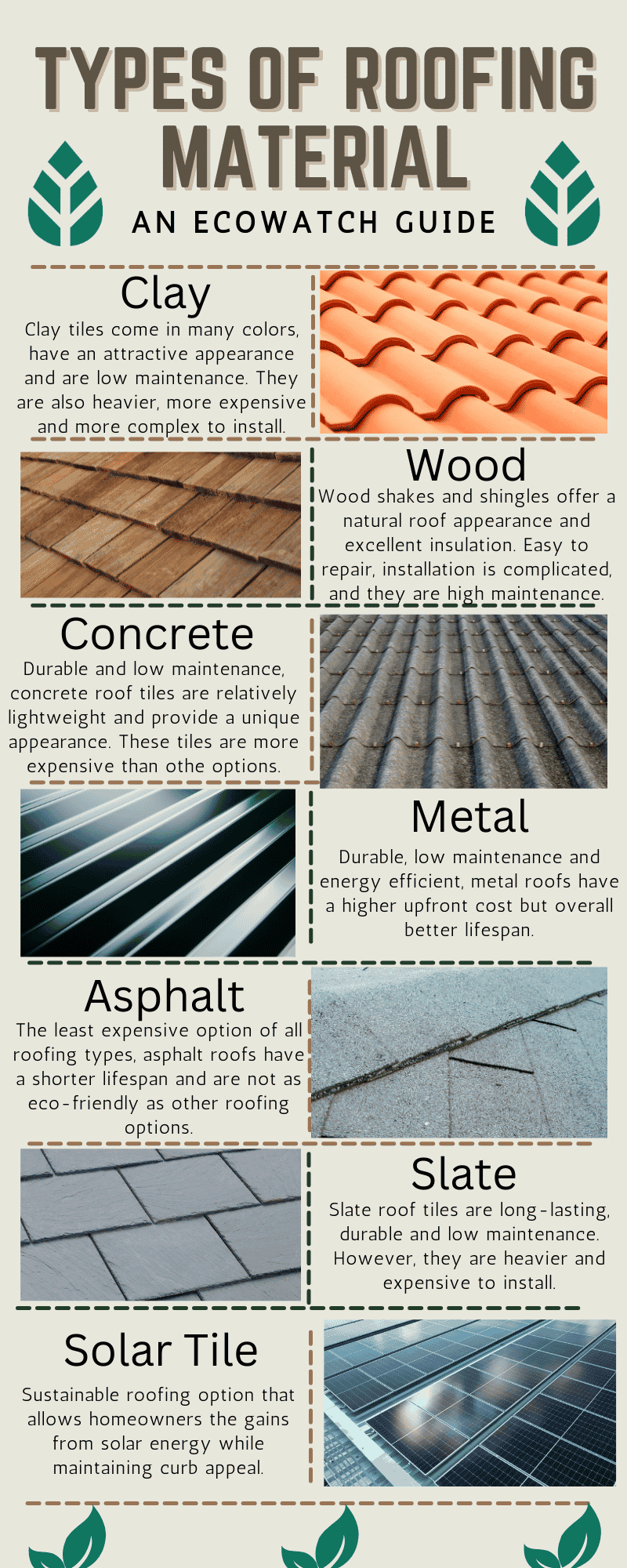
Durable roofing material is also better for the environment, as between 7 and 10 million tons of shingle tear-off waste and scrap are generated from residential roofing replacement and installation each year.4
Each material has its own benefits, and you need to choose the best roofing material based on your specific needs. Here are a few questions to ask yourself to start the process:
- Is this material durable enough for the weather and climate in my area?
- How much does this material cost?
- How long will this material last?
- What is the warranty for this product?
- How heavy is this material? Will it require special reinforcements or underlayment?
- Does this material complement my gutters and the rest of my home?
- Does this material meet fire codes and local requirements?
You’ll also want to consider the manufacturer of your product and do some research on their reputation. For example, GAF (General Aniline & Film) is an American building material manufacturer known for its quality roofing products. And if it’s for a commercial roofing project, you’ll probably want to look into other roofing materials, like EPDM.
Finally, roofing industry experts, such as Samantha Odo⁵, COO at Precondo and Licensed Real Estate Agent, want homeowners to know that the climate is equally important in choosing a material:
“Homes in hurricane-prone areas will need roofs that can withstand high winds. Other factors to consider include the cost of the materials, the expected lifespan of the roof, and the ease of installation and repair.”
The best way to find out what material would be best for your home is to connect with a roofing company. Most provide free consultations and can provide expert recommendations based on budget and climate.
FAQ: Best Roof Materials
Below, we’ll answer some of the most common questions we get about the best types of roofing materials.
Any type of stone, clay or concrete is the most durable roofing material.
Technically, solar shingles are the most energy-efficient, considering they absorb the sun’s rays and turn them into energy for you to use. However, there are many natural energy-efficient roofing options as well, with slate, clay and concrete being the most insulating, and wood shingle and shake being a more affordable option.
Slate, clay, concrete and metal roofing materials last the longest. Slate and clay can last up to 100 years, while concrete and metal average between 40 to 75 years.

 233k
233k  41k
41k  Subscribe
Subscribe 
